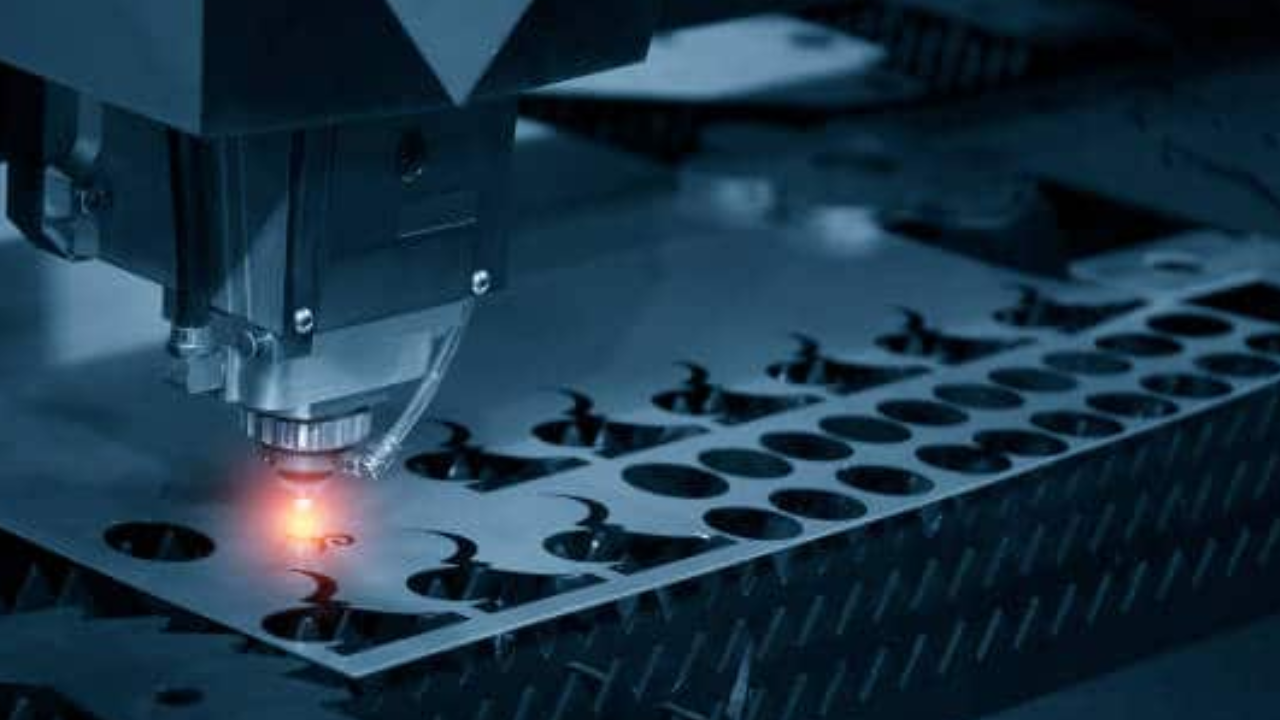A basic procedure in the manufacturing world is sheet metal fabrication, which is the conversion of thin metal sheets into a wide range of products that are used in many different industries. This approach, which is precise and adaptable, uses a variety of methods to bend, cut, and shape metal sheets into useful parts. Important materials used in sheet metal manufacturing are copper, steel, aluminum, and stainless steel, each selected according to particular application needs.
The process starts with cutting when the metal sheets are shaped using a variety of techniques, like laser and plasma cutting. The next steps involved in Sheet metal fabrication are bending, shaping, and connecting, where press brakes and other specialized machinery are essential. Beyond its structural uses, sheet metal fabrication is important because it affects both the final product's appearance and functionality.
Cutting Methods Involved In Sheet Metal Fabrication
The dynamic process of sheet metal fabrication includes converting flat metal sheets into complex parts that are utilized in many different sectors. Cutting is an essential phase that molds the metal's very essence and is at the center of this transforming journey. This article delves further into the several cutting techniques used in sheet metal manufacturing, elucidating the specifics of each approach and how they are applied to achieve accuracy and productivity.
Sharing
Shearing is a fundamental cutting technique used in the production of sheet metal that is renowned for its effectiveness and simplicity. Using a mechanical shear, this method cuts the metal sheets into straight lines. It works especially well for producing components with simple shapes and straight edges in large quantities. Even though shearing might not be as precise as other more sophisticated cutting techniques, it is nevertheless an affordable and quick way to create preliminary forms for the production process.
Laser Cutting
Laser cutting is a revolutionary force in sheet metal fabrication, particularly in the field of cutting-edge technologies. Using a powerful laser, this technique offers unmatched accuracy and versatility in cutting through metal sheets precisely. Simple shapes and elaborate designs can be produced with laser cutting while wasting less material. Precision-driven industries like electronics and aerospace manufacturing use it extensively.
Plasma Cutting
To cut metal sheets, plasma cutting combines force and heat. To make a clean and accurate cut, a plasma torch is used to create a high-temperature plasma stream, melt the metal, and blow it away. For applications requiring strong and effective cutting, including the manufacturing of structural components for construction, this approach is used since it performs exceptionally well while cutting thicker sheets.
Water Jet Cutting
Utilizing a high-pressure stream of water mixed with abrasive particles, water jet cutting provides a distinctive and adaptable method for cutting through sheet metal. Minimal deformation is ensured by this non-thermal method, which is gentle on materials that are sensitive to high temperatures. Water jet cutting has more uses than just typical metal cutting because it works especially well when cutting materials like composites and polymers.
Stamping
Using a die, sheet metal is cut or shaped into the appropriate shape during stamping, also known as blanking or punching. This incredibly efficient method is useful for mass-producing consistent, symmetrical pieces. In the automotive industry, stamping is a commonly employed procedure for producing large quantities of parts, such as body panels and chassis components.
Mechanical Cutting
To remove material from the sheet, mechanical cutting techniques like milling and routing use spinning cutting tools. Mechanical cutting delivers precision and variety, albeit at a slower pace than certain thermal cutting techniques. Custom fabrication and prototyping favor it because of its exceptional value in forming intricate shapes and profiles out of sheet metal.
Summary
The many cutting techniques used in sheet metal fabrication combine to create a tapestry of inventiveness and precision that supports the development of components that propel industries forward. Depending on the unique requirements of their projects, producers can select from a variety of techniques, ranging from the ease of use of shearing to the accuracy of laser cutting. The cutting techniques used in sheet metal production change as technology progresses, providing artisans with a growing array of tools.


